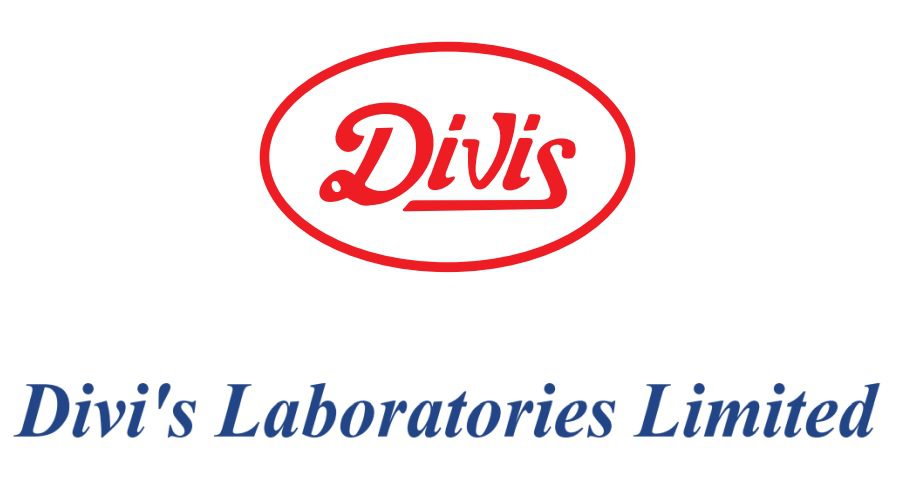
Introduction
Divi’s Labs Q4 results, a prominent pharmaceutical company, recently released and revealing a significant decline in Profit After Tax (PAT) of 64% YoY, amounting to Rs 321 Crore. This article provides an overview of the financial performance, explores the key factors contributing to the decline, and highlights the implications for the company’s future.
Financial Performance Overview
Divi’s Labs Q4 Results: Reveal a decline in consolidated Profit After Tax (PAT) of 64% year-on-year (YoY), amounting to Rs. 321 Crore. Additionally, the company announced a dividend of Rs. 30 per share. Let’s delve deeper into these financials and understand the factors that contributed to these results.
Consolidated Profit After Tax (PAT)
Divis Labs experienced a substantial drop in consolidated PAT, declining by 64% YoY to Rs. 321 Crore during the fourth quarter. This figure reflects the net profit generated by the company after deducting all expenses, including taxes and interest payments. Such a significant decline requires a closer examination of the factors influencing this outcome.
Factors Influencing Financial Performance
Several key factors contributed to Divis Labs’ decline in PAT during the fourth quarter. Understanding these factors is crucial for gaining insights into the company’s financial performance.
Regulatory Challenges
One of the primary challenges faced by Divis Laboratories during this period was regulatory hurdles. The pharmaceutical industry operates under stringent regulations, and any non-compliance can have a significant impact on the company’s operations. Regulatory issues can lead to delays in product approvals, suspensions, or even product recalls, affecting revenue generation.
Production Disruptions
Divis Labs experienced production disruptions during the quarter due to various reasons, including unforeseen circumstances and operational challenges. These disruptions affected the company’s overall output, leading to lower revenue and ultimately impacting the bottom line.
Fluctuating Market Conditions
The pharmaceutical industry is subject to dynamic market conditions that can influence companies’ financial performance. Factors such as changing market demand, pricing pressures, and intense competition can have both short-term and long-term effects on a company’s profitability.
Research and Development (R&D) Expenses
Investing in research and development is crucial for pharmaceutical companies to stay competitive and introduce innovative products. However, R&D expenses can impact short-term profitability. Divis Labs’ R&D initiatives during the quarter likely contributed to the decline in PAT.
Implications and Future Outlook
Divis Laboratories’ fourth-quarter results signify a challenging period for the company. However, it is essential to consider these results within the broader context of the pharmaceutical industry and the company’s long-term growth prospects.
Mitigating Regulatory Challenges
To address regulatory challenges, Divis Labs must strengthen its compliance mechanisms and enhance its quality control processes. By implementing robust systems, the company can minimize the risk of regulatory issues, ensuring smooth operations and a positive impact on financial performance.
Streamlining Production Processes
Efficiency in production processes is vital to ensure consistent output and meet market demands. Divis Labs should focus on optimizing its manufacturing operations, improving supply chain management, and leveraging technology to reduce disruptions and enhance productivity.
Adapting to Market Dynamics
Navigating the dynamic pharmaceutical market requires agility and adaptability. Divis Labs should continually monitor market trends, identify opportunities, and adjust its strategies accordingly. By staying ahead of the curve, the company can mitigate the impact of market fluctuations and secure its position as a market leader.
Continued Investment in R&D
Despite the short-term impact on profitability, Divis Labs’ investment in research and development (R&D) remains crucial for its long-term success. By allocating resources to R&D activities, the company can drive innovation, develop new products, and expand its portfolio. This strategic approach will enable Divis Labs to stay ahead of the competition, meet evolving market demands, and secure a sustainable growth trajectory.
Industry Outlook and Competitive Landscape
To fully understand Divis Laboratories’ performance, it is essential to examine the broader industry outlook and competitive landscape. The pharmaceutical sector is witnessing significant advancements, driven by factors such as technological innovation, increasing healthcare expenditure, and rising demand for novel therapies.
Growth Opportunities in the Pharmaceutical Sector
The pharmaceutical industry presents immense growth opportunities, fueled by factors like the aging population, rising prevalence of chronic diseases, and increasing focus on healthcare infrastructure. As Divi’s Labs continues to adapt and capitalize on these trends, it can position itself for sustained growth in the long run.
Competitor Analysis
In a highly competitive industry, Divis Labs faces competition from both domestic and international pharmaceutical companies. Competitors with established market presence, robust distribution networks, and extensive product portfolios pose challenges to Divis Labs’ market share. To maintain its competitive edge, the company must focus on product differentiation, cost optimization, and strategic collaborations.
Conclusion
In conclusion, Divi’s Labs Q4 Results reflect a decline in consolidated PAT, primarily influenced by regulatory challenges, production disruptions, fluctuating market conditions, and R&D expenses. While these factors have impacted the company’s short-term profitability, Divis Labs can take strategic measures to mitigate these challenges and ensure future growth.
By addressing regulatory compliance, streamlining production processes, adapting to market dynamics, and continuing to invest in R&D, Divis Labs can enhance its financial performance and maintain a competitive position in the pharmaceutical industry. As the company navigates these challenges, it can leverage its strengths, capitalize on growth opportunities, and strive for sustainable success in the long run.







